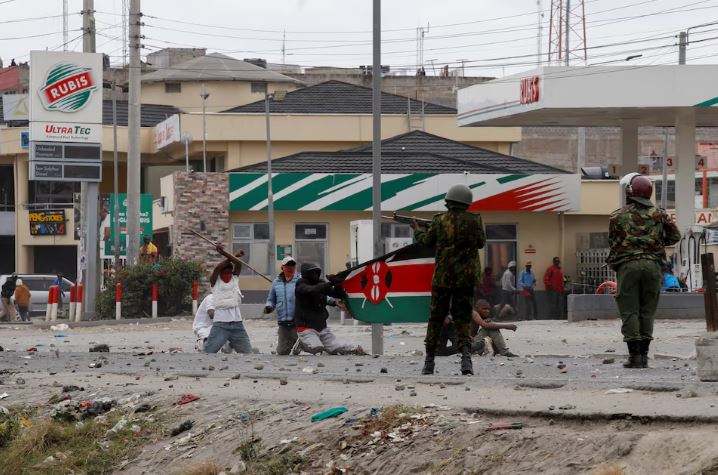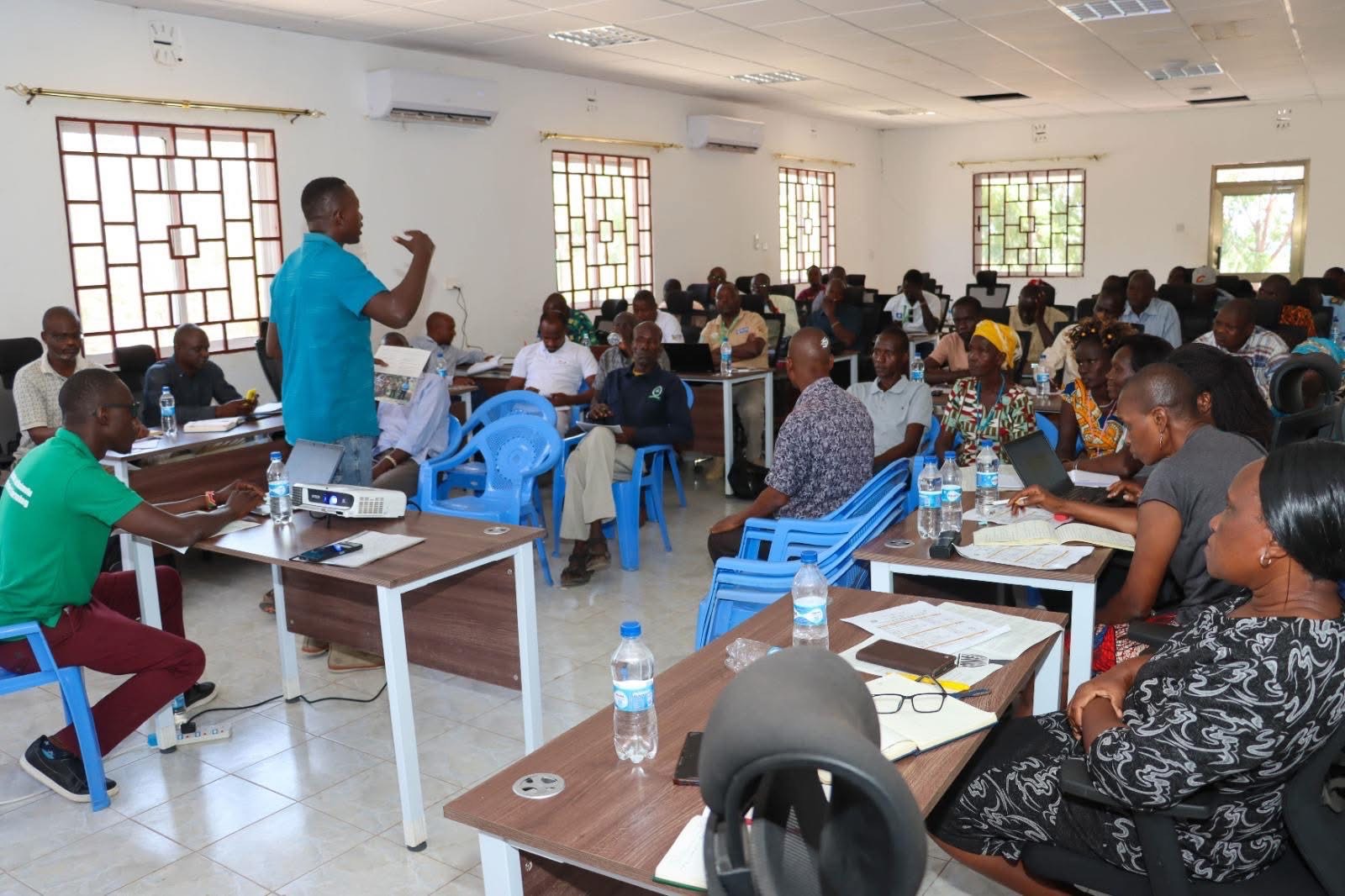More Kenyans disappeared during anti-riot operations than during anti-terror operations in 2024, report shows

A total of 55 incidents of enforced disappearances occurred between January and December 2024.
Latest trends on Enforced Disappearances (EDs) happening in the country show that Kenyans were more likely to have disappeared during anti-riot operations than during anti-terror operations.
Unlike the past, the Missing Voices coalition documented only four incidents of EDs that were related to anti-terror responses last year, representing a drop in incidents from five in 2023.
More To Read
- Government sued for "systematic abuse of power" over terrorism charges against protesters
- Nelson Havi urges President William Ruto to release detained protesters, warns against repression
- That’s not me – police officer accused of shooting Rex Masai claims mistaken identity
- Miguna backs Gen Z, dismisses Gachagua-led opposition and Ruto’s regime as a joke
- City businessman Kakan Maiyo freed on Sh10,000 police cash bail after dramatic arrest
- Boniface Kariuki’s viewing draws outpouring of grief ahead of his burial in Kangema
This represents a growing trend towards more humane and holistic approaches to counter-terror operations, a shift that now focuses more on prevention, community engagement, and human rights beyond earlier heavy reliance on force and intelligence gathering.
The current national Counter Terrorism strategy adopts a "do no harm approach" to the fight against the vice in a bid to enhance community resilience, inclusivity and capacity to handle threats that create a conducive environment for terrorism and violent extremism.
Experts say the do no harm approach will ensure that mechanisms of action are anchored in law and that initiatives adopted in the fight are Kenyan-led and based on verifiable information.
The Missing Voices report (2024), released on Wednesday, showed that a total of 55 incidents of enforced disappearances occurred between January and December 2024, representing a 450 per cent increase compared to 10 cases that were documented the previous year.
"The largest number of 15 was reported in June at the height of Gen Z and Millennials' protests over the Finance Bill 2024. This was followed by 11 incidents in October, seven incidents in each case were reported in July and August, while 5 incidents were reported in December," the report shows.
Thirty-two of the 55 incidents documented in the year were directly linked to anti-riot responses, mainly by people believed to be security agents responding to the anti-Finance Bill protests by a section of Gen Z.
"These statistics indicate that the government and its security agents seemed to have adopted enforced disappearances as a preferred way of dealing with political dissent and infringing on the rights of Kenyans. It is worth noting that all the reported incidents of enforced disappearances involved some form of abduction, even for other operations which were not directly linked to anti-government protests," the report notes.
 Participants during the launch of the Missing Voices 2024 Annual Report in Nairobi on May 7, 2025. (Photo: ICJ Kenya)
Participants during the launch of the Missing Voices 2024 Annual Report in Nairobi on May 7, 2025. (Photo: ICJ Kenya)
According to the report, only three ED cases resulted from anti-crime operations, while two were through unknown operations.
The coalition expressed concern that most of these incidents of enforced disappearances were done in the full glare of the public, including the media, by hooded men in plain clothes. Some of the vehicles did not have local number plates. This makes it difficult to determine with absolute accuracy the identity of the security officers responsible for a series of enforced disappearances in the country.
"Questions have been raised by a section of the citizens on whether all the hooded ununiformed men were security officers from the National Police Service, other specialised illegal security organs or criminals who infiltrated the protests," the report states.
Generally, the coalition said the year saw Habeas corpus applications to have the accused presented in court alive or dead ignored.
The document further shows that 45 of the incidents reported during the year were male and nine were female, while the gender of one was not indicated.
This represents a shift from 2023, when all incidents of enforced disappearances recorded were men.
"This implies that even though men continue to be more vulnerable to being victims of enforced disappearance, women too face a resurging danger of being victimised. This could have resulted from the fact that the Gen Zs and Millennials protests, which were the main victims of enforced disappearance during the year, saw an unusually very high number of young women exercise their constitutional rights to picket and protest," notes the report.
The year further saw a shift in counties where EDs have in the past been reported to have taken place at with Nairobi County experiencing the highest number of enforced disappearances at 18 incidents, followed by Kajiado, which reported 8 cases, while Kiambu and Machakos Counties had 4 incidents each.
Nakuru had three incidents, while Muranga, Mombasa, Isiolo and Garissa reported two incidents each.
Tana River, Migori, Mandera and Embu reported one incident each.
Eight of the reported incidents were not classified by counties since these details were missing.
"These figures highlight the widespread nature of enforced disappearances during the protests, with Nairobi being the most affected region," the report notes.
Top Stories Today












































